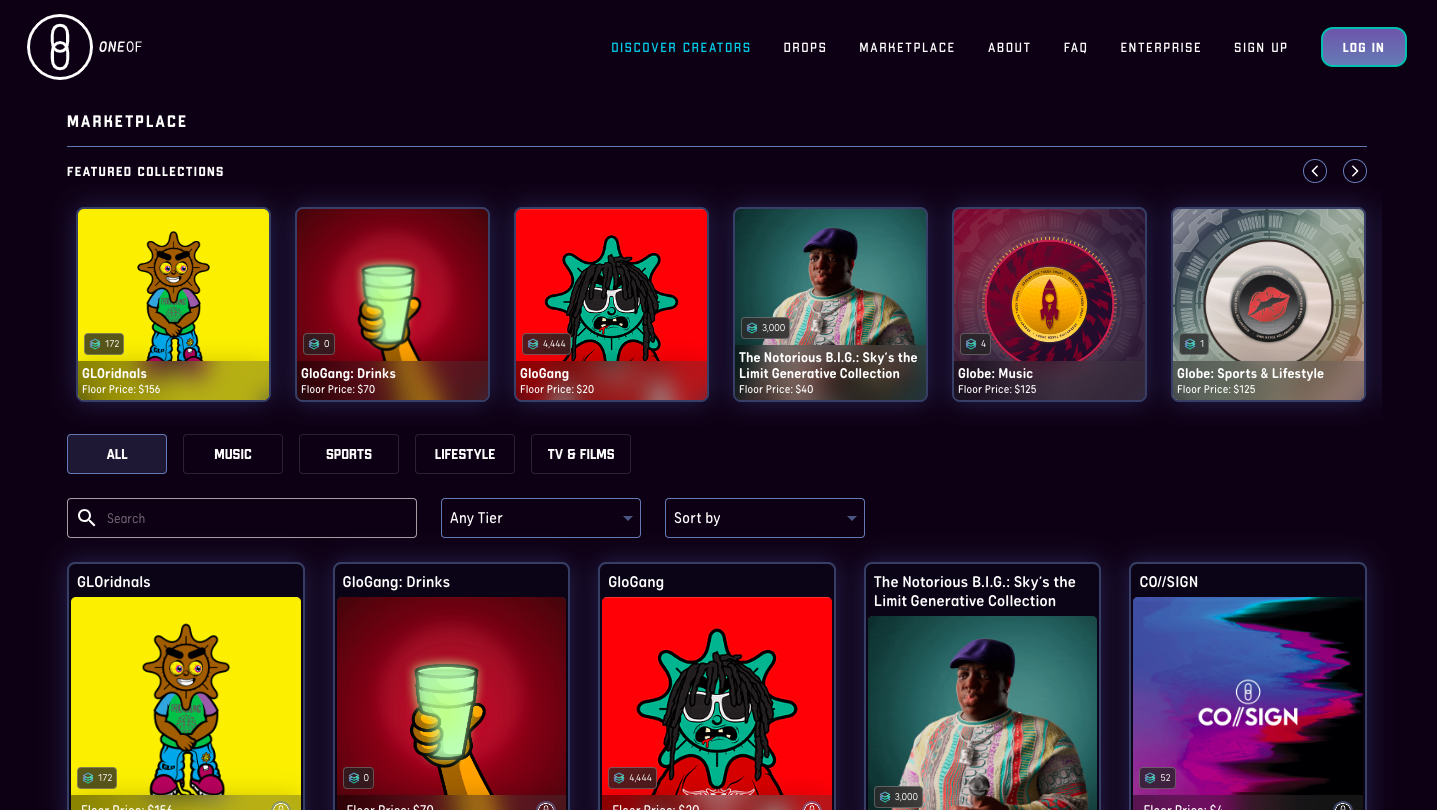Are NFTs Dead? A Deep Dive into the Digital Phenomenon
Non-Fungible Tokens, more commonly known as NFTs, burst onto the scene with unprecedented fervor. From digital art auctions fetching millions to NFT-based games, the world seemed to be at the feet of this novel digital asset. But as with all trends, the burning question now arises: Are NFTs dead?
The Initial Boom
To fully comprehend the present, we must first return to the past. The inception of NFTs wasn’t particularly groundbreaking. Yet, it was the amalgamation of blockchain’s promise and the allure of owning unique digital assets that captivated many. Art, collectibles, music, and even virtual real estate were tokenized, each transaction verified, making forgery impossible.

The Oversaturation Phase
As with all booms, the NFT market soon became oversaturated. Everyone wanted a piece of the pie. Celebrities, artists, and even corporations jumped on the bandwagon. This rapid influx led many to question: Are NFTs dead, or is this merely a market correction?
The truth might be somewhere in between. Oversaturation did dilute the market, making it harder for genuine artists and creators to stand out. But it also served as a filter, weeding out unsustainable and low-quality projects.
Environmental Concerns
One significant criticism NFTs faced was their environmental impact. Due to the energy-intensive nature of blockchain operations, particularly those on the Ethereum network, concerns about carbon footprints became central to the debate. This concern led to a decline in interest among environmentally-conscious investors and creators.
Artists’ Perspectives
For many artists, NFTs opened doors to new revenue streams and global recognition. Digital artists, particularly, found a platform where their work was valued and sought after. However, the question lingers, especially for those late to the game: Are NFTs dead as a viable platform for emerging artists?
The consensus seems mixed. While some believe that the golden age of NFTs for artists is over, others feel that we are transitioning into a phase where quality will triumph over quantity.
The Technological Angle
At the heart of the NFT revolution is blockchain technology. While most associate blockchain with cryptocurrencies like Bitcoin and Ethereum, its applications are far-reaching. NFTs are just one manifestation. The decentralized, transparent nature of the blockchain ensures that every NFT is unique and cannot be replicated. As blockchain technology becomes more advanced, we can expect NFTs to become more sophisticated, secure, and possibly even find applications in areas we haven’t yet imagined.
Mainstream Adoption Challenges
For NFTs to truly become a mainstay, they need to be adopted by the mainstream public and not just tech enthusiasts and art aficionados. The challenge here is twofold: understanding and accessibility. For the average person, the world of NFTs, backed by complex blockchain technology, can be daunting. Platforms are emerging to simplify the process, but there’s a long road ahead before your everyday individual can seamlessly buy, sell, or create NFTs.
The Role of Big Players
Major corporations and celebrities have dabbled in the NFT space, and their involvement can’t be ignored. While some accuse them of merely capitalizing on a trend, their participation brings legitimacy and attention to the sector. From NBA Top Shot clips to tweets being sold as NFTs, the influence of established entities and personalities will play a pivotal role in shaping the NFT narrative.
Regulatory and Legal Implications
As with any disruptive technology, the legal landscape for NFTs remains largely undefined. Issues related to copyright, ownership rights, and even taxation are still in murky waters. As governments and regulatory bodies around the world grapple with these challenges, the NFT space could see significant shifts. A clear legal framework can instill confidence, but restrictive regulations might also stifle innovation.
The Skeptic’s Viewpoint
There’s no denying that skeptics have had a field day with the NFT trend. Many have compared it to the dot-com bubble of the late ’90s and early 2000s. They argue that just as many online companies with inflated valuations went under during the dot-com bust, so too will many NFT projects. This skepticism is not unfounded, especially considering the astronomical prices some NFTs have fetched, with little to no tangible utility behind them. So, when critics ask, “Are NFTs dead?”, they’re often pointing to the perceived lack of inherent value in many NFT projects.
The Evolution: More Than Just Art
While art was the gateway, NFTs are not limited to it. Virtual real estate, in-game assets, and even tokenized experiences are emerging as the new frontier. Brands are looking at NFTs for loyalty programs, while musicians envision a future where concert tickets are NFTs, ensuring authenticity and uniqueness.

Are NFTs Dead? The Market Speaks
While there has been a noticeable dip from the highs of early 2021, the market is far from dead. Niche platforms catering to specific genres of NFTs are emerging, suggesting a move towards specialization. Moreover, investments in NFT infrastructure, like marketplaces and display platforms, are on the rise.
The Future: Integration and Evolution
The question, “Are NFTs dead?”, may be prevalent now, but the future looks promising. Integration with augmented reality (AR) and virtual reality (VR) means that the NFTs of the future might be something we can “experience” rather than just view.
Furthermore, as blockchain technology evolves and becomes more energy-efficient, the environmental concerns could be mitigated, bringing back a segment of the market.
Conclusion: An Evolving Digital Landscape
The narrative of “Are NFTs dead?” is perhaps a reflection of our impatience and the rapid pace of the digital age. NFTs, like all technologies, are evolving. While the initial hype may have waned, the foundations are being laid for a more sustainable and integrated digital asset future. Whether for art, experiences, or yet-to-be-imagined applications, NFTs are here to stay.










